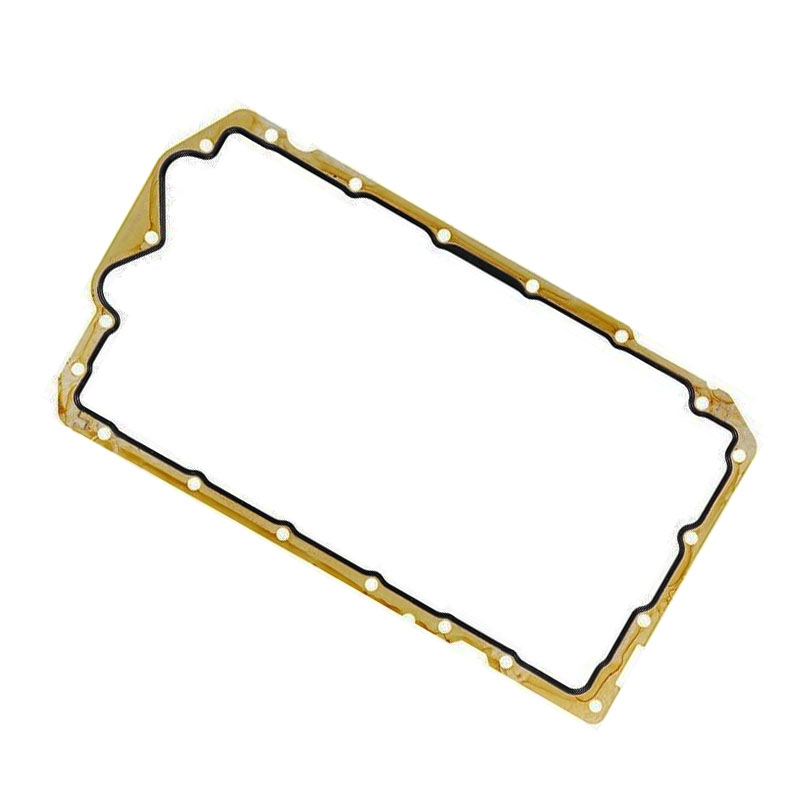semi truck wheel seal
Understanding Semi Truck Wheel Seals Importance and Maintenance
Semi trucks are the backbone of freight transportation, playing a crucial role in the economy by ensuring that goods move from one place to another efficiently. One of the key components that contribute to the performance and safety of these heavy-duty vehicles is the wheel seal. This article explores the importance of semi truck wheel seals, common issues associated with them, and best practices for maintenance.
What Are Wheel Seals?
Wheel seals are essential components designed to prevent the leakage of lubricants from the wheel hub while keeping dirt and moisture out. These seals play a vital role in protecting bearings from contaminants, which could lead to premature wear and failure. Typically made from durable materials such as rubber or synthetic compounds, wheel seals are engineered to withstand the harsh conditions that semi trucks often face, including extreme temperatures and heavy loads.
Importance of Wheel Seals
The primary function of wheel seals is to maintain the integrity of the wheel hub lubrication system. Proper lubrication is critical for reducing friction between moving parts, thus ensuring smooth operations. When wheel seals fail, it can result in grease leakage, which not only leads to increased wear on the bearings but can also cause overheating, reduced fuel efficiency, and ultimately, catastrophic wheel failure.
Moreover, compromised seals may allow water and debris to enter the wheel hub, leading to corrosion and rust, which can further deteriorate the bearings and other components. The cost of repair or replacement can be significant, making prevention through proper maintenance and timely inspections crucial.
Common Issues with Wheel Seals
Several factors can lead to the failure of wheel seals, including
1. Wear and Tear Due to constant movement and pressure, seals can wear out over time. Regular inspections can help catch signs of wear before they escalate into larger issues.
2. Improper Installation If wheel seals are not installed correctly, they may not function as intended, leading to leaks and contamination.
semi truck wheel seal

4. Poor Maintenance Practices Lack of routine maintenance, including lubrication and inspection of the wheel hub, can accelerate seal degradation.
Best Practices for Maintenance
To ensure the longevity of wheel seals, trucking companies and drivers should adopt several maintenance practices
1. Regular Inspections Conduct routine checks on wheel seals during scheduled maintenance. Look for signs of grease leakage or physical damage.
2. Lubrication Ensure that wheel hubs are properly lubricated to reduce stress on seals. Use the manufacturer-recommended lubricant to avoid compatibility issues.
3. Correct Installation Always follow proper installation procedures and guidelines when replacing wheel seals, ensuring a snug fit to prevent leaks.
4. Monitor Operating Conditions Pay attention to the operating environment of the vehicle and adjust maintenance practices accordingly. For instance, if operating in harsh conditions, consider more frequent inspections.
5. Educate Drivers and Maintenance Staff Training personnel on the importance of wheel seals and their maintenance can prevent oversight and increase awareness of potential issues.
In conclusion, semi truck wheel seals are vital components that help maintain the efficiency and safety of the vehicle. Regular inspection, proper installation, and proactive maintenance are essential to ensure these seals perform their function effectively, ultimately saving time and costs associated with repairs and downtime. By prioritizing wheel seal care, trucking companies can enhance operational reliability and safety on the road.
-
Everything You Need to Know About Oil Pan Gaskets and Drain Plug Seals
News Aug.01,2025
-
Essential for Car Owners: How to Use a Car Repair Kit to Deal with Minor Breakdown
News Aug.01,2025
-
Comprehensive Guide to Engine Oil Sump Gaskets and Related Seals
News Aug.01,2025
-
The Ultimate Guide to Boat Propeller Bearings and Trailer Wheel Bearings
News Jul.31,2025
-
The Essential Guide to Marine Bearings and Boat Trailer Wheel Bearings
News Jul.31,2025
-
The Complete Guide to Heavy Duty Seals: Protecting Doors and Spaces Efficiently
News Jul.31,2025
-
Essential Guide to Marine Shaft Bearings and Boat Trailer Axle Bearings
News Jul.31,2025
Products categories















